Decorative patterns are the wisdom creation of mankind into civilized society. In order to perfect oneself and beautify one's life, human beings need not only the satisfaction of material life, but also the communication of spiritual life.
Decorative patterns, through the beautification of practical objects of clothing, food, housing and transportation, make aesthetic ideals reflected in the practical life and play a subtle role, thus further promoting the improvement and development of human civilization.
-- Chinese Decorative Patterns Through the Ages
Today, let's follow the Modern Hanfu and learn about the history and modern application of the classic Tang Dynasty patterns.
History of Traditional Patterns
As early as the Neolithic era, patterns appeared, and the ancestors painted their inner desires and aesthetic interests into various patterns, which were entrusted with good luck and good wishes, and incorporated them into their lives.
These patterns can be found on pottery and stone carvings, and probably on costumes as well, but unfortunately we do not have many costume artifacts yet.
The culture of costume is closely related to the development of society, as early as before the Han Dynasty, dyed fabrics have been printed (with) traditional Chinese patterns, with the opening and development of the Silk Road, the spread of Buddhism, the Wei and Jin dynasties were more influenced by the Western Regions culture.
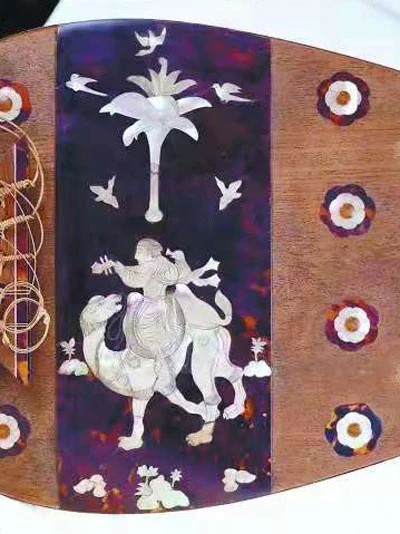
Tang Dynasty patterns in the Pipa
The Tang Dynasty created patterns with great characteristics of the times because of its open and tolerant attitude, and formed a new style based on the absorption of foreign patterns.
The main characteristic is the richness and brightness, and the trend is different at different stages, like the early Tang Dynasty, where birds and animals were the main motifs; the heyday of the Tang Dynasty, when the number of flowers, birds and plants increased; and the late Tang Dynasty, when plant motifs were more important.

Chan Zhi Peony (often used on porcelain and earthenware)
Generally speaking, there are three major themes in Tang Dynasty patterns: animal patterns, plant patterns and geometric patterns.
At that time, there were also popular patterns, such as the Lian Zhu Wen (联珠纹, jointed bead pattern), the Chan Zhi Wen (缠枝纹, entwined twig pattern), the Baoxiang Hua Wen (宝相花纹), and the geometric pattern.
It is worth mentioning that these patterns were not presented independently of each other, but in combination with various patterns, such as the Tang dynasty pattern brocade excavated in Tulufan Astana, Xinjiang, which is the result of cooperation between the Lian Zhu and Duima Wen (对马纹).
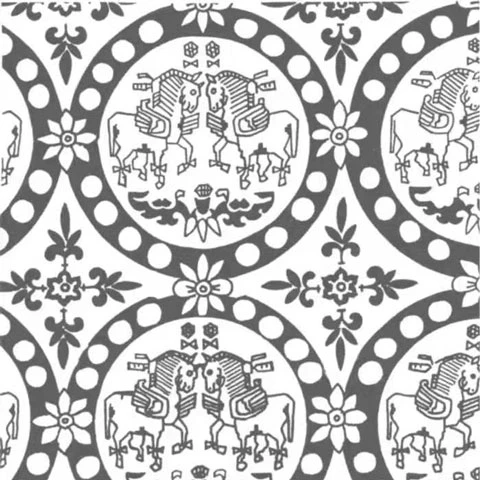
Lian Zhu and Duima Wen
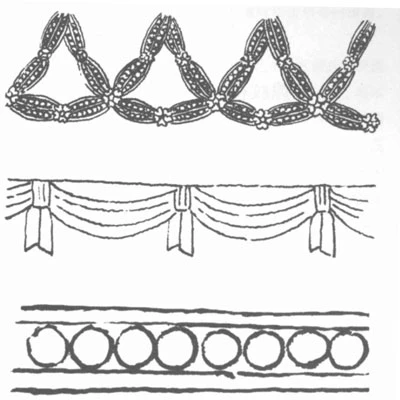
geometric pattern
Cultural integration and patterns development
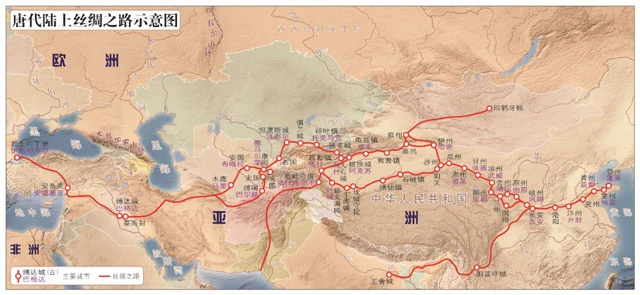
Silk Road
Early China used mostly animal and plant-like designs in its patterns.
During the Sui and Tang dynasties, the Persian style had an increasing influence on Chinese textile patterns, with the appearance of animal figures such as camels, deer, elephants, and lions with wings and horses.
According to the absorption and development of Persian patterns, the Tang people created a new style with Persian style - "Ling Yang Gong Wen (陵阳公样)".
This pattern is based on the Western pattern, maintaining the traditional form of Chinese pattern such as four-sided continuous, replacing the Lianzhu patterns with circular flowers or scrolling grass, and replacing the Western mythological shape with the traditional Chinese animal theme.
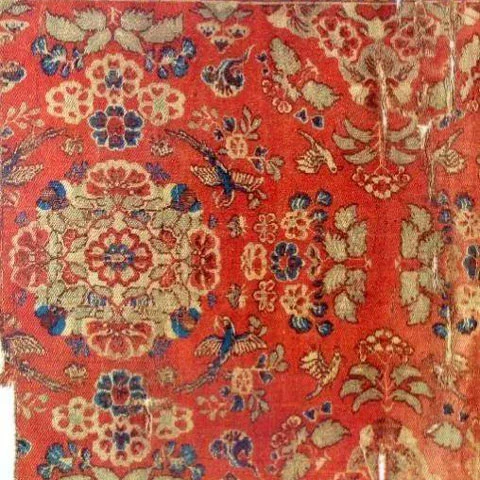
Ling Yang Gong Wen
This kind of pattern with Chinese elements and form improvement on the basis of the Western Regions has been continued in China for hundreds of years.
Another excellent pattern of the Tang Dynasty is the Bao Xiang Wen, which is the result of the fusion of many kinds of imagery.
It is closely related to the introduction of Buddhism in India. Buddhism admires the lotus flower, which is considered to contain the meaning of holy and dignified, and is refined and processed by a variety of elements, integrating a variety of flowers such as lotus, chrysanthemum, peony, etc., to present a radial pattern effect.
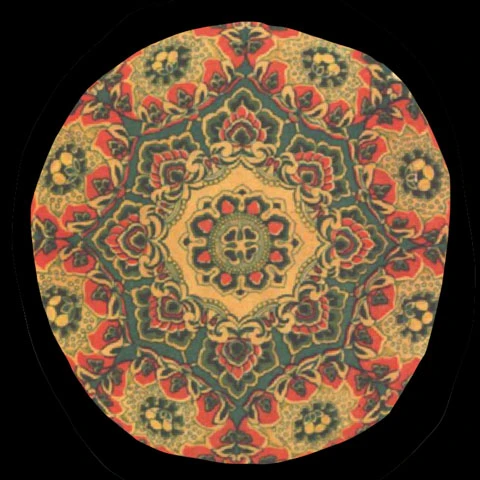
It has not only the grace and elegance of the ancient East, but also the complexity of cultural fusion, which is why some scholars call it the flower of the Tang Dynasty. What it embodies is the continuous development and evolution of the Tang Dynasty's compatibility with exotic patterns, forming a unique beauty.
The use of Tang Dynasty patterns in modern society
Different times have different aesthetic trends, and different art designs also have the excellent cultural spirit and aesthetic essence of the Chinese nation, with strong characteristics of the times.
Nowadays, under the docking and collision of Eastern and Western cultures, the diversity of the use of Tang dynasty patterns is increasingly reflected in our daily life, the most representative ones being clothing and furniture.
In modern clothing design, the design and use of traditional Chinese clothing patterns not only reflect the pursuit of beauty of the Chinese nation, but also enrich the creative inspiration of designers.
The integration of "globalization" and "localization" has become the basic direction of the world today. People will cherish more the things derived from the unity, often consciously express their uniqueness, more and more purposely develop regional culture, and pursue regional characteristics, local features, and national culture.
So we should pay attention to tradition and study it; not only to understand it from a deep level, but also to promote it in innovation.
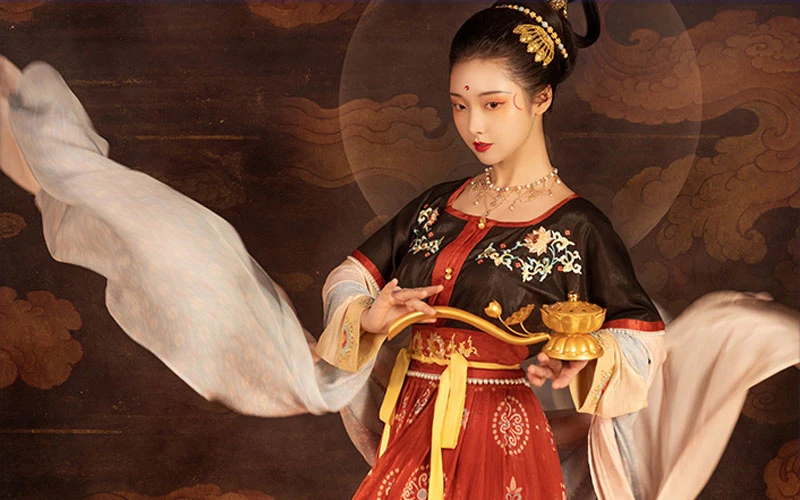


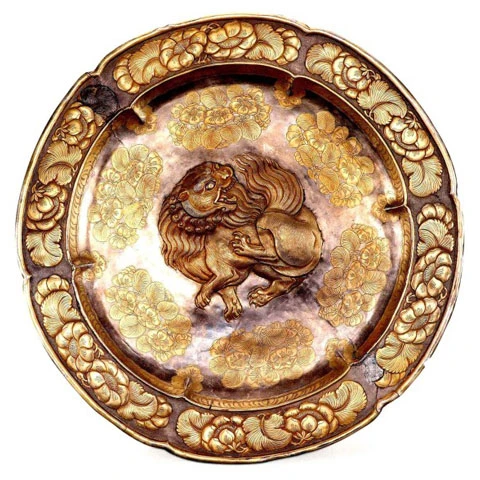


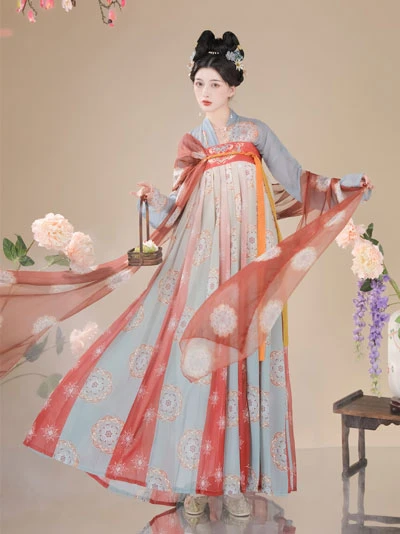


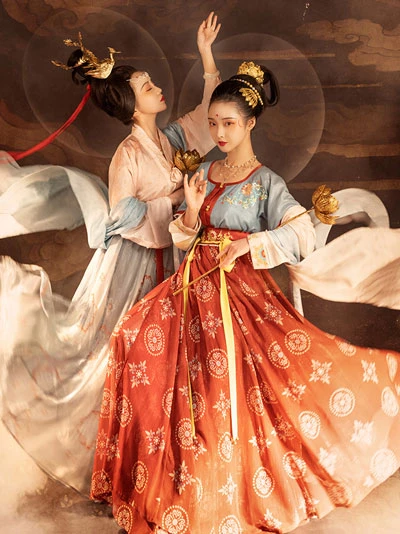

😍😍😍
Thanks for this! I've been looking for this, although I... won't be able to... find nor make those patterns anywhere nor anytime soon...